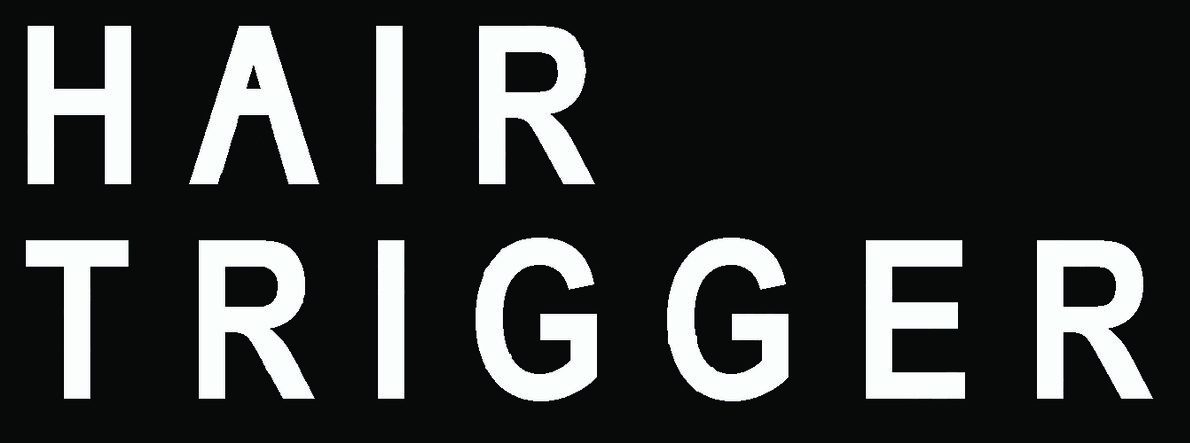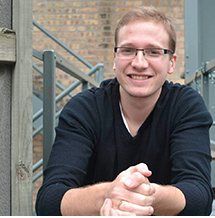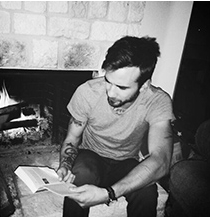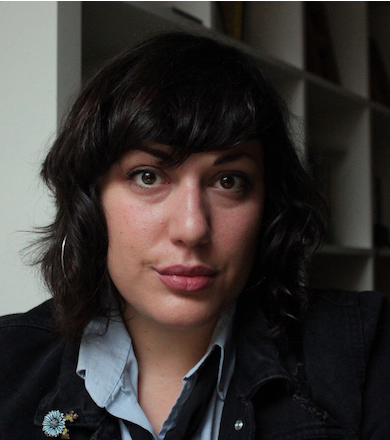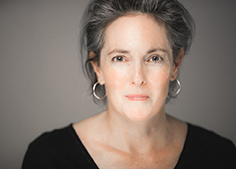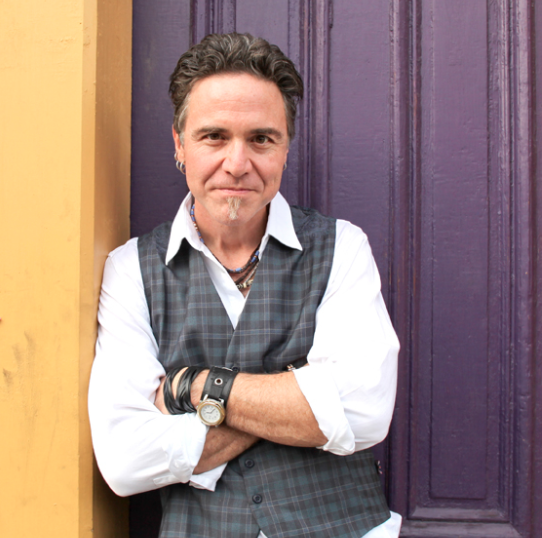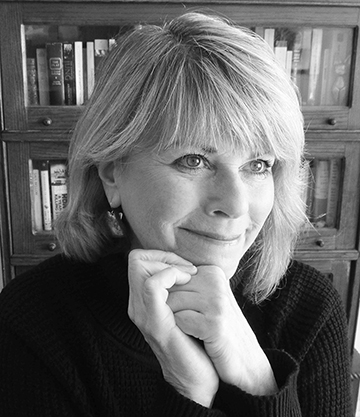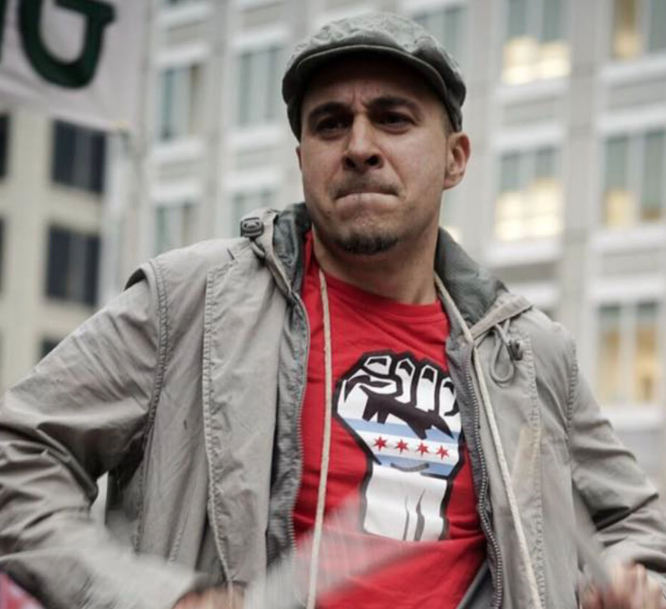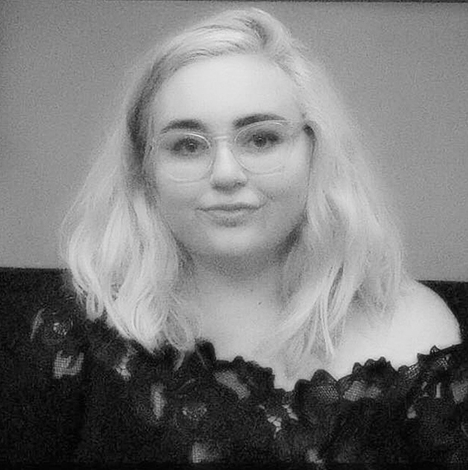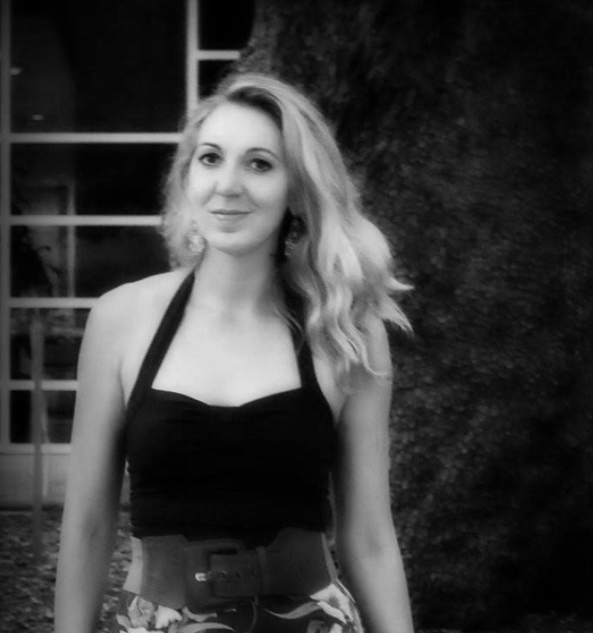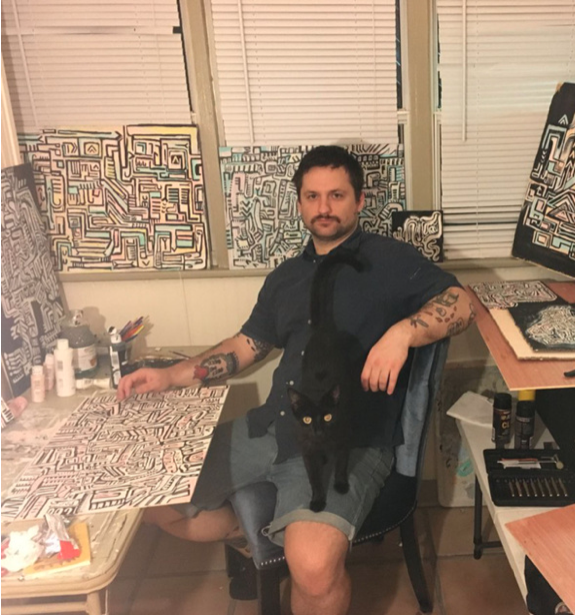On his budding writing career and rural America
R.S. Deeren is a fiction writer and poet hailing from the thumb of Michigan. He is an MFA recipient from Columbia College Chicago, where he was also a teaching assistant for the “Big Chicago” freshman program. Many of his short stories are published in online literary magazines, but mostly notably, his short story “Enough to Lose” was published in Tales of Two Americas, a collection edited by John Freeman. Deeren’s work often explores the implications of living in rural locations and the social dynamics that come from living in these places, all the while weaving in intricate details about place, time, and character.
What were the biggest influences in your life when you were younger that caused you to want to write?
My mom read to me and my sister when we were young. Later, waiting for her to get off work, my sister and I read at the Caro Area District Library after school. I was surrounded by books; I’m typing this while my forearms rest on a copy of Mohsin Hamid’s Exit West and Rebecca Morgan Frank’s Sometimes We’re All Living in a Foreign Country. I also have a habit of giving myself arbitrary finish lines to cross and, growing up with the Accelerated Reading program in grade school, I was focused on always earning a Gold Medal. I wrote some stories when I was a kid. Dragons and whatnot. They were for a Young Authors program in grade school. I remember winning a bright green t-shirt for a story I wrote but I don’t remember what it was about. I also was a scared kid who grew up in the woods, so I had this imagination that I think was primed for stories.
You grew up in the Thumb of Michigan and your stories often take place there. What qualities of living in that area inspires you to write about what it is like to live there?
I don’t know where to start on this one . . . I’m interested in how Thumbodies view where they are from. I love the geography of it: a peninsula on a peninsula; north of Canada; almost an hour east and north of any interstates (but nobody drives the speed limit). It’s physically isolated, or, as isolated as a place can be in the Information Age. It’s a patchwork of rivers, swamps, state land, farmland, small towns, and beach front properties. It’s a geographical dead-end and a social crossroads, which is to say that it’s dynamic. I use my characters to dissect the impact of place. Most times in subjective, sometimes in destructive, ways. I want this dissection to illuminate something.
You were a Luminarts Cultural Foundation Creative Writing Fellow in 2015. What was that like?
It was an amazing thing to have happened. Jason Kalajainen, Leslie Haviland, and Mitch Kohl are extremely wonderful people (and so are all the others I met and who continue to support young Chicago artists). It came at a time when I was worried that I wasn’t cut out to be a writer. I was a country kid in a new place, in an arts degree, worried about student loans (still worried). Ever the petty writer, I remember that the piece I submitted to the Foundation had been wrecked in workshop. To the point where the comments became personal. So to have this third party come out and say, “we support you,” was uplifting. They still offer support today through grant proposals though I’ve yet to take them up on that offer.
How has being a Luminarts Fellow and a Union League Club of Chicago Writer-in-Residence changed your writing career?
I’m not sure. I put the money into a retirement account, so I guess future me will have a better idea in regards to that. We like to say we write for ourselves and I definitely believe that. I also believe we all have something to say and most of us have something worth saying. Somewhere along the way we get the urge to have those words read by others. So, when we are read, I think it might be a feedback loop. Either way, I’m writing and Luminarts and the Union League Club of Chicago gave me a space to do that and some eyes to read what I wrote. Who could ask for more?
I know a while back you were working toward completing a short story collection. Are you still working on this piece?
My collection manuscript is Enough to Lose. I’ve tinkered with the order of the stories and removed some ghastly draft stories from it. I’m happy with how it is now, and some agents have enjoyed it enough to read the whole thing. Not enough to take me on, though. Win some; lose some.
Currently I’m working on a collection of poetry about chopping wood and the artifice of toxic masculinity. I’ve also got a novel well underway about an ex-con and what happens when a person is forced to live on others’ terms. My protagonist is currently trapped in Windsor, Ontario and he’s going to miss a meeting with his Parole Officer.
Can you tell us a little of what Enough to Lose is about?
Enough to Lose is a collection of short stories about rural life in Trump’merica, and how folks thought they could live with their backs against the water and the rest of the country at arm’s length. In America post 2016, folks are quick to monolith individuals. Some of the characters here break from this, most fall victim to it. All of them are changed by it. OK, stump over.
You grew up in a rural town in Michigan and moved to Chicago for grad school. How did that shift in scenery and pace influence your writing?
I love impossible questions! Gosh, let me think. My life is pretty slow no matter where I live. Scenery is another matter. This is going to be a longer answer and it has two parts:
I think the best fiction is written from two worlds, so the culture shock of moving to Chicago gave me perspective. It let me see Smalltown, America better because I could break “country life” into parts and compare them against themselves. Like, I grew up out in the woods on a river. Other folks my age grew up in town. I didn’t think much of it at the time because to me, we all went to the same school and that was how we identified: Caro kids. But space and place is nuanced, and even a ten-mile difference in location breeds different people (ten miles is a ten minute trip where I’m from whereas it can be an hour plus in Chicago). Earlier, I answered a question about being from the Thumb and I started by answering with the word “they” rather than “we.” As if I wasn’t a part of the rural community anymore. But I never felt, well, rural, until I moved to the city. I think moving to Chicago and then Milwaukee has heightened this feeling of writing from two worlds for me, which leads to my second part of the answer. Isolation. Not the mopey, lock yourself in your room kind (though I am answering these questions from my single bedroom apartment). I was a goofus kind of kid and probably a little too annoying for my own good, but I did have a lot of time on my hands to watch folks do their thing, to listen to how they spoke, to narrate their lives in my head. Large cities let a person be anonymous and that’s great for me; I can watch more people and let this influence my writing. Public transit is a masterclass in humanity and character-building.
Currently you are working on getting your PhD at University of Wisconsin-Milwaukee. How has that been?
It is another great opportunity to live in two worlds. It has its challenges and its rewards. I get paid to write, teach, and teach writing. For that, I’m eternally grateful. I volunteer at Woodland Pattern Book Center in the Riverwest neighborhood of Milwaukee and that has been a great community to be a part of. It’s this wonderful destination for poets from around the world.
What advice do you have for young writers trying to get published?
This is a great question and I’ve probably got a dozen answers, but I’ll try to whittle that down. I am currently the Fiction Editor at cream city review at UWM so some of this might be shaded by the slush pile.
1- Read widely. White writers: read outside your demographic. Male writers: READ WOMEN
2- Find lit mags that publish what you love to read, what inevitably inspires you to write. Get to know these markets and the wonderful people (usually volunteers) who make them work.
3- Submit. Revise the Rejection. Repeat. Reward. You have something worth saying and eventually someone will want to listen.
Interview by Danielle Uppleger
